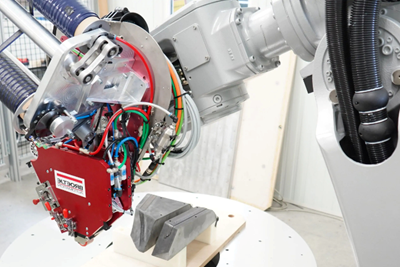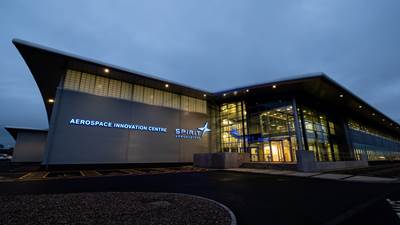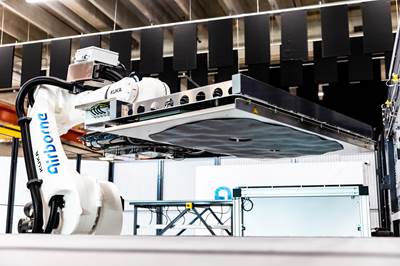Broetje-Automation, Spirit complete CCPS project for automating aircraft preform production
Continuous composite preforming system (CCPS) integrates all work steps, from the roll to the stringer, in a fully automated, smaller footprint process, taking the next step for future aircraft programs.
The continuous composite preforming system (CCPS) integrates all work steps required for continuous, highly efficient preforming on a length of 44 meters. Source (All Images) | Broetje-Automation
For several years, Broetje-Automation (Rastede, Germany) has been working with Spirit AeroSystems (Wichita, Kan., U.S.) to further automate the preforming of large composite structural parts for aircraft in a stable, continuous process. The multi-year project has now been completed at Spirit’s Aerospace Innovation Center (AIC) in Prestwick, Scotland.
Reproducible, high-quality, long and complex profiles, such as stringers for future aircraft, can be achieved quickly and cost-effectively. Layup rates of 100 kilograms/hour are just the beginning. Nevertheless, the preforming of large structural parts made of carbon fiber-reinforced polymer (CFRP) in aircraft manufacturing is still often a manual process — at best it is semi-automated, thus time-consuming and cost-intensive, and often takes up significant workshop space and labor resources. Reducing manual effort, workshop space requirements and significantly increasing output became the primary goals of this joint project.
The resulting continuous composite preforming system (CCPS) integrates all work steps into a continuous, fully automated process — from unrolling and depositing the material; to longitudinal, transverse and contour cutting of the individual layers; to fixing, forming, trimming and longitudinal bending into various reinforcing parts (stringer sets) for aircraft wings. Broetje-Automation worked closely with its long-term partner, Siemens (Munich, Germany), to leverage its extensive hardware handling and software portfolio, to ensure precisely coordinated and controlled material, tool and process control.
The CCPS system is fed with dry composite material from multiple coils via specially designed “drop units” for depositing, trimming and transporting the layers. A main drive and an auxiliary drive at the end of the line is continuously pulling/pushing at least one base and top layer through the process. In between, the layers are stacked, each with its own length, width and contour. For this purpose, the CCPS is equipped with a variety of cutting mechanisms, some of which are movable. To ensure a uniform transport speed of all layers, the drop units’ conveyor drives are electronically synchronized with the main drive and can thus be controlled over the entire length.
The actual buildup of layers is performed in several successive steps using different forming techniques, including heating and cooling processes. Depending on the desired part contour, fillers are also introduced, edges are trimmed and the entire part is deformed close to the final contour to achieve the desired part geometry in a continuous process.
All components and Spirit’s patent-pending technology, including more than 100 servo drives, must be controlled precisely and seamlessly. Complex, individual steps are coordinated by two CPUs in a fail-safe version supplied by Siemens. The line is operated and visualized via a Simatic industrial flat panel and Simatic WinCC advanced. The integration of the heating control system has enabled precise temperature control that is gentle on the sensitive material.
According to Broetje-Automation and Spirit, the CCPS is significantly more productive than any manual or semi-automated preforming process, although the optimization of the overall system is just beginning. This development has demonstrated the ability to achieve much higher speeds in the next evolutionary steps toward applications in future aircraft programs. Moreover, an entire factory has been integrated into a system that is said to take up a fraction of the floor space and energy consumption. This could also contribute to a more sustainable production system for future generations of aircraft.
Related Content
Plant tour: Spirit AeroSystems, Belfast, Northern Ireland, U.K.
Purpose-built facility employs resin transfer infusion (RTI) and assembly technology to manufacture today’s composite A220 wings, and prepares for future new programs and production ramp-ups.
Read MorePEEK vs. PEKK vs. PAEK and continuous compression molding
Suppliers of thermoplastics and carbon fiber chime in regarding PEEK vs. PEKK, and now PAEK, as well as in-situ consolidation — the supply chain for thermoplastic tape composites continues to evolve.
Read MoreA new era for ceramic matrix composites
CMC is expanding, with new fiber production in Europe, faster processes and higher temperature materials enabling applications for industry, hypersonics and New Space.
Read MoreThe state of recycled carbon fiber
As the need for carbon fiber rises, can recycling fill the gap?
Read MoreRead Next
Broetje-Automation demonstrates rCF placement via AFP
Through the ScrapSeRO project, the system integrator and machine builder successfully processed recycled composites, in addition to more traditional materials, via its highly flexible Staxx One system.
Read MoreSolvay, Spirit collaborate to accelerate composites adoption
Solvay and Spirit AeroSystems have cemented their research and technology relationship on the development of composite aerostructures, to take place in Prestwick, Scotland.
Read MoreModular, robotic cells enable high-rate RTM using any material format
Airborne’s automated ply placement systems at Airbus, GKN Aerospace and Teijin Automotive Technologies aim to maximize flexibility and intelligent automation.
Read More

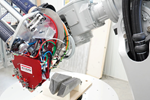

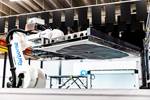
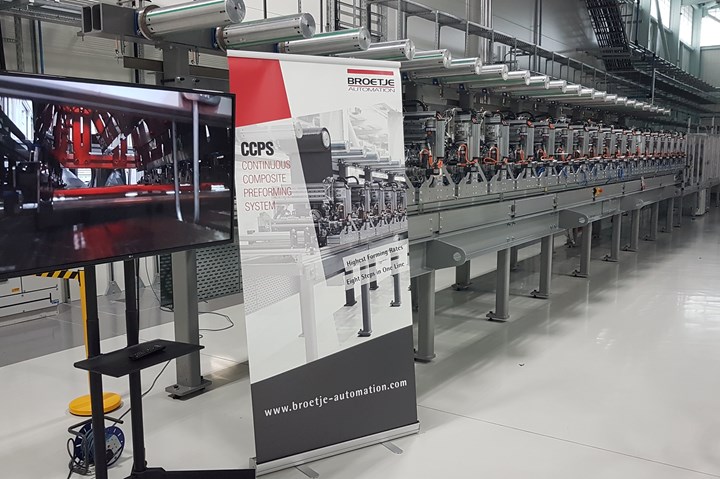















.jpg;maxWidth=300;quality=90)




